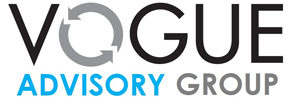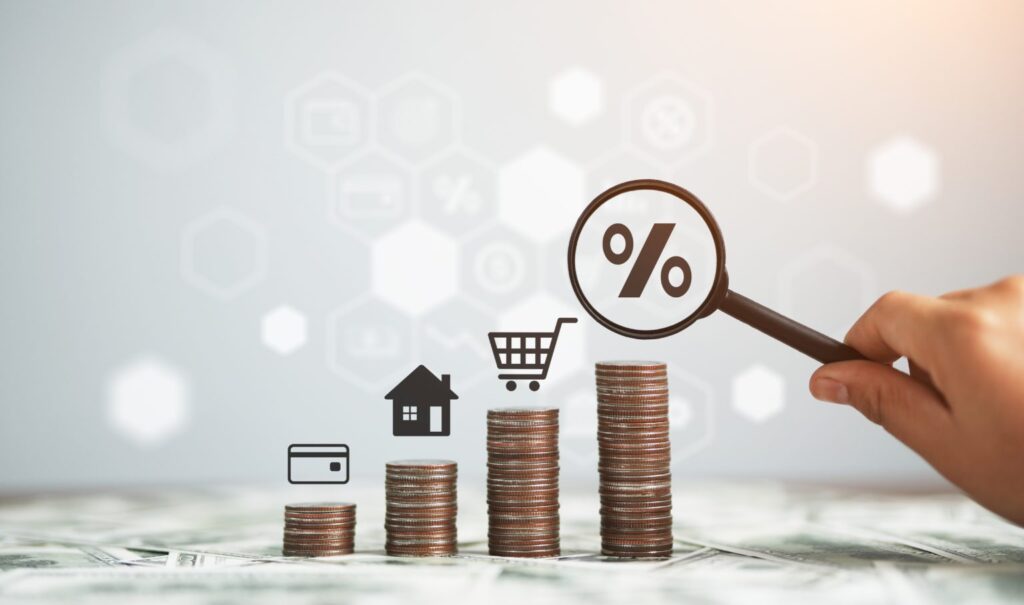Australia’s annual inflation rate has risen to 7.8 per cent, marking the highest yearly increase since 1990.
Background – inflation in Australia
New data from the Australian Bureau of Statistics (ABS) showed that the Consumer Price Index, or CPI, rose 1.9 per cent in the December 2022 quarter.
The figure beat market expectations, pricing in more moderate growth.
The fourth consecutive quarter shows a rise in the cost of living more significant than anything seen since the introduction of the Goods and Services Tax (GST) in 2000.
The CPI is anecdotally used to measure the rate of inflation in Australia as it evaluates the change in the cost of a standard basket of goods and services.
Today’s hotter-than-expected inflation figure increases the likelihood that the Reserve Bank of Australia (RBA) will raise rates when it meets on the first Tuesday of February.
Two days ago, Prime Minister Anthony Albanese told Today the federal treasury had modelled for inflation to peak “around about this time or in the first quarter of this year”.
“We certainly hope that (inflation) has peaked,” he said.
“The Russian invasion of Ukraine has impacted the whole world, and we are not immune to it.”
Albanese did not explicitly say Australia would avoid slipping into a recession.
“I think our economy still has powerful fundamentals,” he said.
What is inflation?
Inflation measures the prices of the goods and services that households buy.
In Australia, this is also known by the term Consumer Price Index or CPI.
Okay, tell me more about the CPI.
The CPI measures quarterly changes in the price of a “basket” of goods and services, which account for a high proportion of expenditure by metropolitan households.
What’s in this basket?
A lot of items, too many to list here.
But the basket covers a wide range of goods and services in 11 categories: food and non-alcoholic beverages, alcohol and tobacco, clothing and footwear, housing, furnishings, household equipment and services, health, transport, communication, recreation and culture, education, insurance and financial services.
The “basket” fundamentally attempts to replicate the real-world spending of the average Australian household.
So, what does this all mean?
With every inflationary rise, your buying power decreases because you’re paying more for the items you habitually purchase.
Some Australians may receive pay rises – which maintains their buying power – but many are left affording the exact times with the same money available to them before rising inflation.
Travel, takeaway, and eating at restaurants are more expensive
Food and non-alcoholic beverages also reflected a year-on-year change of 9.2 per cent, including a 2.1 per cent rise in costs for ‘meals out and takeaway food’. The ABS said this was evidence of eateries passing on “rising costs for inputs including ingredients and labour”.
While prices for fruits and vegetables saw a drop of 7.3 per cent since the September quarter, costs are still higher than what was reported in December 2022.
While Dr Chalmers said the cost came in “lower than many expected,” he admitted food costs were a key concern for families.
The other most significant price increases were in holiday travel and accommodation within Australia (13.3 per cent) and international holiday travel and accommodation (7.6 per cent).
The Australian Bureau of Statistics head of prices statistics, Michelle Marquardt, said “strong demand” over the Christmas period contributed to the rising cost of travel.
Inflation likely at peak
Dr Chalmers said Wednesday’s record inflation is likely the “peak” but conceded he could not confirm whether this is the case until numbers are revealed for the current quarter.
The Treasurer warned inflation would remain “higher than we would like for longer than we’d like” and would be the “defining challenge” in the economy this year, as it was in 2022.
“We are optimistic about the future of our economy and country,” he said.
“But we are realistic about the extreme price pressures that Australians are facing right now, the impact of interest rates hikes, and the costs and consequences of a war in Europe and a period of substantial volatility in the global economy.”
The content of this article is intended to provide a general guide to the subject matter. You should seek specialist advice about your specific circumstances.
Vogue Advisory Group – Final Thoughts on inflation in Australia
Forecasting requires taking a step back to see the bigger picture moving forward. Business leaders and department managers must consider the company’s past, present and future when developing a budget and allocating resources for Q1 and the remaining quarters of 2023. Doing so will assist you in identifying areas of business where you can apply cost-cutting measures.
For instance, the after-effects of the Covid pandemic are filtering into 2023 for many companies. If your company converted to a hybrid work model, you could condense costs by moving into a smaller office. If your company is reverting to a fully in-office work model, assess the investments made into technology (virtual desktop infrastructure, Zoom access, equipment for remote access, etc.) and decide if any of these resources are still required.
As uncountable business leaders learned at the pandemic’s peak, unexpected factors can significantly alter a company’s budgets and forecasts. When creating a budget and forecast for Q1, expect the best, but prepare for the worst.
Contact us if you require our assistance, and one of our financial advisors can help you.

